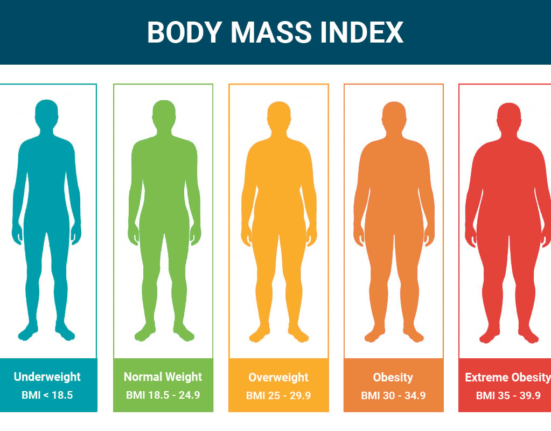In times of crisis and disaster, the importance of efficient and accessible healthcare cannot be overstated. Whether facing natural disasters, pandemics, or other emergencies, communities rely on rapid and effective medical response to mitigate harm and save lives. Telehealth has emerged as a crucial component of disaster response and emergency care, offering unique advantages in delivering healthcare services remotely. This article explores the pivotal role of telehealth in disaster management, highlighting its benefits, challenges, and future prospects.
Rapid Access to Medical Expertise
Telehealth facilitates rapid access to medical expertise, enabling healthcare providers to deliver timely care to individuals in need, regardless of their geographical location. In disaster scenarios where traditional healthcare infrastructure may be compromised, telehealth platforms allow patients to consult with physicians, nurses, and specialists remotely. This real-time communication ensures that critical medical decisions can be made promptly, enhancing the efficiency of emergency response efforts.
Continuity of Care
Disasters often disrupt healthcare delivery systems, making it challenging for patients to access essential medical services. Telehealth helps maintain continuity of care by enabling patients to receive ongoing support and monitoring remotely. For individuals with chronic conditions or special medical needs, telehealth platforms offer a lifeline during emergencies, ensuring that they continue to receive the care and attention they require despite external disruptions.
Scalability and Flexibility
One of the key advantages of telehealth is its scalability and flexibility, making it well-suited for rapidly evolving crisis situations. During emergencies, healthcare systems may experience surges in demand for services, overwhelming traditional care facilities. Telehealth solutions can alleviate this strain by expanding capacity and providing care to a larger number of patients simultaneously. Additionally, telehealth can be deployed in various settings, including makeshift clinics, field hospitals, and shelters. Enabling healthcare providers to adapt to changing circumstances effectively.
Triage and Resource Allocation
Efficient triage and resource allocation are critical components of disaster response and emergency care. Telehealth technologies play a vital role in triaging patients remotely. Assessing their medical needs, and directing them to the most appropriate level of care. By prioritizing cases based on severity and urgency, telehealth platforms help optimize resource utilization. Ensuring that scarce medical supplies, personnel, and facilities are allocated efficiently to where they are most needed.
Psychological Support and Mental Health Services
Disasters not only impact physical health but also take a toll on mental well-being, leading to increased stress, anxiety, and trauma among affected individuals. Telehealth services extend beyond medical treatment to include psychological support and mental health services, offering counseling, therapy, and crisis intervention remotely. This holistic approach addresses the comprehensive needs of disaster survivors. Promoting resilience and recovery in the aftermath of traumatic events.
Challenges and Considerations
While telehealth offers significant advantages in disaster response and emergency care, several challenges and considerations must be addressed to maximize its effectiveness:
Technological Infrastructure: Reliable internet connectivity and access to digital devices are essential for effective telehealth delivery. In underserved communities or areas with limited technological infrastructure. Ensuring equitable access to telehealth services remains a challenge.
Privacy and Security: Safeguarding patient privacy and data security is paramount in telehealth delivery. Robust encryption protocols and compliance with healthcare regulations are necessary to protect sensitive medical information from unauthorized access or breaches.
Digital Divide: Socioeconomic disparities can exacerbate disparities in telehealth access. With marginalized populations facing barriers related to digital literacy, language, and cultural competence. Addressing the digital divide is essential for ensuring equitable healthcare delivery during emergencies.
Interoperability and Integration: Seamless integration of telehealth platforms with existing healthcare systems is crucial for coordinated emergency response. Interoperability standards and protocols facilitate data exchange and collaboration among different healthcare providers, enhancing the efficiency of care delivery.
Future Directions
As telehealth continues to evolve, several trends and developments are shaping its role in disaster response and emergency care:
Advancements in Remote Monitoring: Innovations in remote monitoring technologies, such as wearable devices and IoT sensors, enable continuous tracking of patients’ vital signs and health metrics from a distance. Enhancing early detection of medical complications and improving patient outcomes.
Integration of Artificial Intelligence: Artificial intelligence (AI) algorithms hold promise for streamlining triage processes, predicting disease outbreaks, and optimizing resource allocation in emergency settings. AI-driven telehealth solutions can analyze vast amounts of healthcare data to provide personalized recommendations and insights. Enhancing decision-making for healthcare providers.
Expansion of Virtual Reality Applications: Virtual reality (VR) technology offers immersive experiences that can be leveraged for training healthcare professionals. Simulating emergency scenarios, and delivering therapeutic interventions for pain management and rehabilitation. The integration of VR into telehealth platforms expands the scope of services available remotely, enhancing patient engagement and satisfaction.
Conclusion
Telehealth plays a pivotal role in disaster response and emergency care. Offering a versatile and effective solution for delivering healthcare services remotely during crises. By leveraging telehealth technologies, healthcare systems can enhance access to medical expertise, maintain continuity of care. Optimize resource allocation, and address the comprehensive needs of disaster survivors. Despite challenges related to technological infrastructure, privacy concerns, and socioeconomic disparities. Ongoing advancements and innovations hold promise for expanding the reach and impact of telehealth in mitigating the impact of disasters and ensuring resilient healthcare delivery in times of need.








Leave feedback about this